Brid Beeler moved to Saudi Arabia in 1989 and stayed for a decade. Her career then led her to live and work in Yemen and Oman and work for some of the world’s top travel companies. She currently heads Brid Beeler Travel Ltd and travels in and out of the region regularly. This is her first post in a series of stories about her experiences in Saudi Arabia.
An impromptu auction
In early 2000, I was in Jeddah on business. One evening as we were driving through the heavy traffic, I noticed what looked like a jumble of antiques on the side of the street. I asked my driver to stop and hopped out. The Saudis milling about asked me to join them as they were about to eat a meal of foul medames and khubz, which was being laid out on paper on the pavement. I did so and, as with breaking bread anywhere in the Arab world, friendships soon emerged. Not all spoke English. One Saudi, who seemed to be in charge, explained that they were holding their monthly antique auction. Saudis would fly in from around the country, or drive for hours, bringing their artefacts to Jeddah to sell.
They didn’t use an auction house; the selling simply took place on a sidewalk and the dealers took turns offering their treasures for sale. The auction was not intended for the general public but was for the dealers to exchange their wares among themselves. I was hooked and bought several very special pieces that evening. One of those items was a very old, beautiful piece of jewellery on woven textile, purchased from a tall, long-haired Saudi dealer who recognised my keen interest in textiles and jewellery. He told me about another gentleman who had a unique collection of clothing unequalled anywhere else in the country.
Into the mountains
Seeing that collection involved a journey to Taif. At the time, mobile phones were not yet common in the Kingdom and tracking down the gentleman in Taif took some days as he only had a house landline. He graciously agreed to meet me and soon my driver and I were leaving Jeddah, driving up into the mountains on switchbacks that twisted dangerously back and forth.
The region stretching from Taif in the north to Najran in the south is known as the Asir. It’s an extremely mountainous area with a unique climate, festooned with agricultural terraces, stone houses and mud tower houses differing from village to village. Asir has a long and rich history, once being home to one of the old camel caravan routes that brought frankincense, myrrh, gold and salt north from Yemen, along with spices and silks from the Indies.
A House of Wonders
Upon arriving in Taif, it did not take long to locate my host, who took me to see his collection in an old one-roomed mud building devoid of any natural light. He turned on the overhead lights, and as my eyes adjusted to the dimness, the collection revealed itself. Displayed on mannequins, the impressive array included traditional women's thobes, burqa, gargoosh, sharshafs, sitaras, belts, and jewellery along with men’s clothing, farwahs, leather purses, tassels, camel saddles, and even a howdeh, the elaborate tent-like structure in which women rode on camelback.
In a decade in Saudi Arabia, I had not seen such a private collection anywhere in the country. Ever the pessimist, I immediately began imagining how moths, that most dreaded insect, would destroy these beautiful garments given the chance. My host said he had been collecting from all over the Kingdom for more than 30 years. It was his passion and hobby, and he only occasionally sold the odd piece. That phrase “sold the odd piece” was echoing in my ears as I happened on one particularly beautiful bukhnug in immaculate condition and covered with applique, elaborate stitching, and silver beadwork. I simply had to have it.
My Find
The bukhnug is an outer garment that covers the head, hair and shoulders like a shawl and is worn over the burqa (veil) and shayla (headscarf). The long, beaded tassels hang down the back with one set of tassels usually allowed to hang longer than the other. The example I was able to purchase that day in Taif has an alternating applique design in orange, rose and black running along the edges and at the ends above the tassels. A section at the mid-point of one long side is devoid of applique, indicating and as told to me that this is the area placed central to the forehead, allowing the length of the bukhnug to hang down the sides or be crossed at the shoulders or waist.
The garment is large (58 cm wide and 306 cm long, including the tassels), made of black cotton, and very heavy (2 kg). Smaller pieces of orange and rose cotton cloth are sewn onto the main body forming the basic design and then the embroidering and silver/lead beadwork is applied.
Bukhnug of the Bani Sa'ad
The beaded silver/lead geometric styling reflects designs found in the local architecture. The triangular shapes found on the mud and stone buildings in the region are also featured. My host explained that this bukhnuq was the workmanship of the Bani Sa’ad tribe who lived in the desert to the east and north of Taif in Makkah province. The stitching of tiny silver/lead beads in geometric patterns are a noted feature of Bani Sa’ad workmanship.
The Bani Sa’ad are a sub group of a larger tribal federation and each family within the Bani Sa’ad have their own distinct patterns, distinguishing their work from other families in the Bani Sa’ad. The silver/lead beads were stitched in geometric patterns by the tribal women forming part of a larger design. At the time of purchase, my host told me that the bukhnuq was more than 70 to 80 years old. He also said that this type of garment has not been worn since the early part of the 20th century.
A Disappearing Heritage?
I have often wondered about the man I met in Taif that day and whether his wonderful collection still exists, if it has been absorbed into another collection or broken up and the various pieces sold off individually. While I have no museum training in the preservation of these beautiful old pieces, I would hate to see this heritage lost because few cared about this old heritage in the Kingdom. Thankfully, things are beginning to change.
Further Reading
- Heather Colyer Ross. The Art of Arabian Costume, A Saudi Arabian Profile. Third Edition, 1989
- Marjorie Ransom. Silver Treasures from the Land of Sheba, 2014
- Traditional Costumes of Saudi Arabia - The Mansoojat Foundation Collection, 2021
About the Author
In 2015, Brid Beeler managed the Smithsonian Institution’s Sackler Gallery tour in Saudi Arabia, Oman and Qatar, which followed Saudi Arabia’s internationally acclaimed Roads of Arabia exhibit. Brid facilitated the History Channel’s Yemen documentary “Digging for the Truth – The Real Queen of Sheba.” She also participated in the multi-level cultural project involving the Smithsonian and the Yemen and US governments that resulted in the publication of Caravan Kingdoms Yemen and the Ancient Incense Trade. With Crossing the Line Films, she facilitated logistics and key components for their award-winning documentary on the annual Qashqai migration in Iran, which was aired by National Geographic under the title Last Chance Journeys Iran. Brid also consulted on a UNICEF, World Food Program project advocating for girls’ education in Yemen.
She has presented papers on eco-tourism in the region and was one of only a handful of women selected to speak at the first International Conference on Eco-Tourism in Saudi Arabia. Her other speaking engagements have included The Ethnic Silver Jewelry of the Arabian Peninsula at the Chester Beatty Library in Dublin Castle. She currently contributes monthly to aramcoexpats.com. Her collecting, which began in the souqs of Riyadh before extending to Yemen, Oman and further afield, focuses on old silver jewellery, semi-precious stones, beadwork, and textiles from the Arabian Peninsula
Copyright to all images belongs to Brid Beeler unless otherwise indicated. Reproduced here with permission.
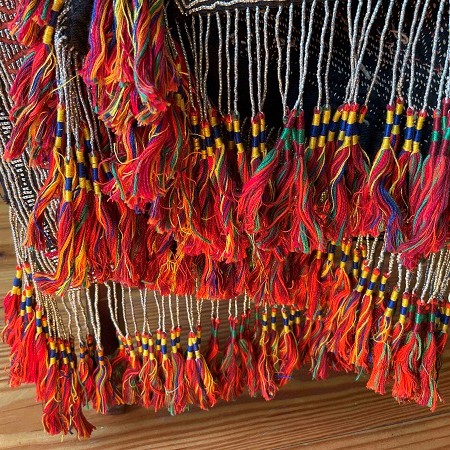
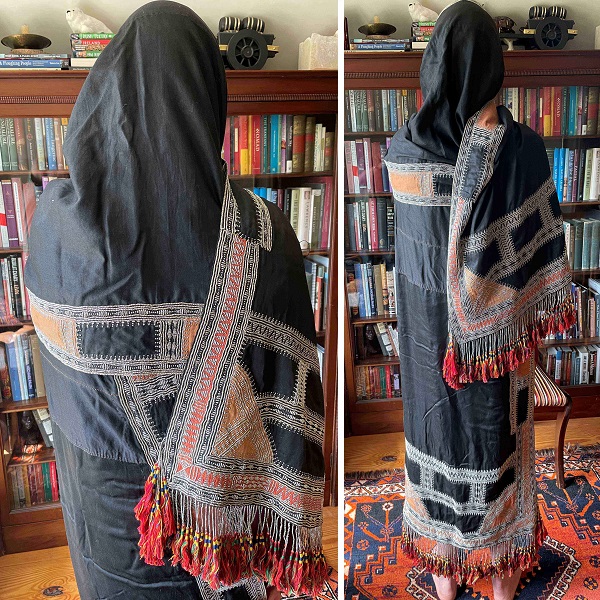
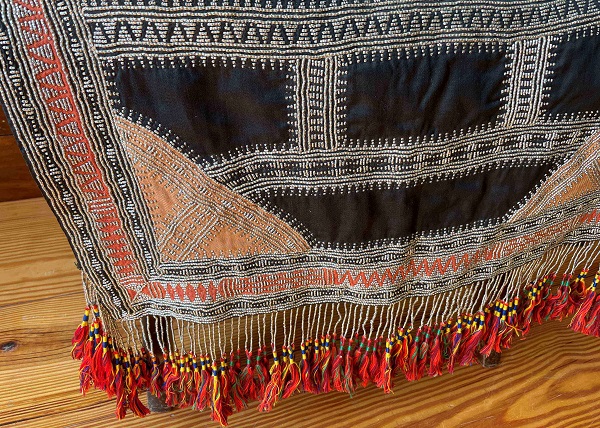
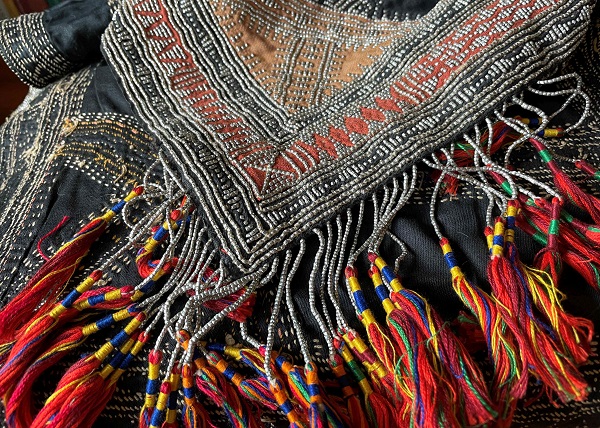
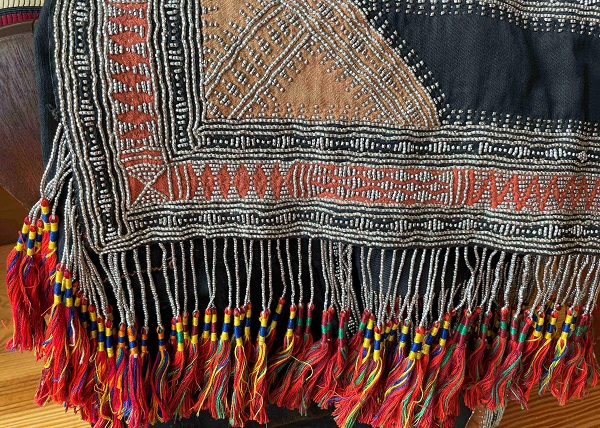





Latest Comments
POST YOUR OPINION‘Usabah: A Delicate Silver Circlet - The Zay Initiative
November 11, 2021[…] Bukhnug – A Chance encounter. The first post in this series by Brid Beeler […]
An Uncertain Future for Yemeni Silver Jewellery: 1 - The Zay Initiative
December 15, 2022[…] Bukhnug – A Chance Encounter […]